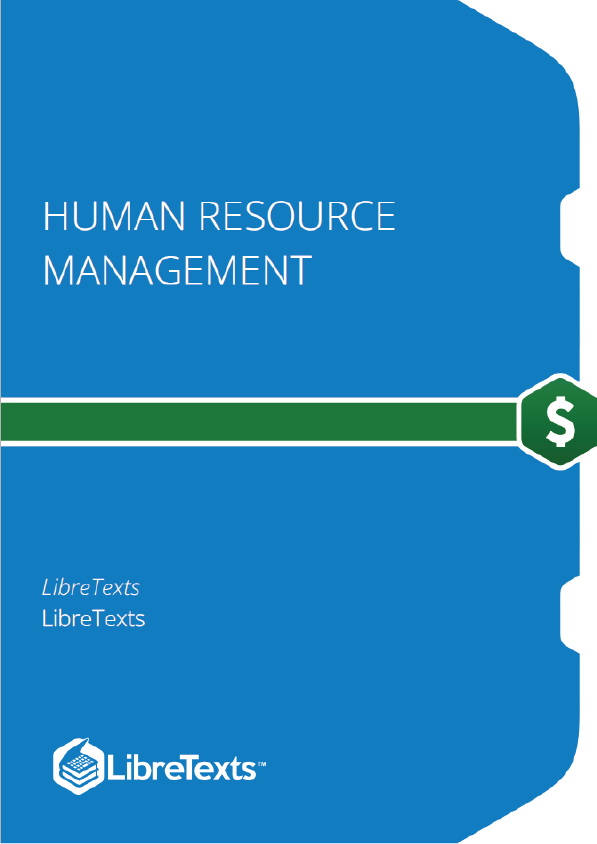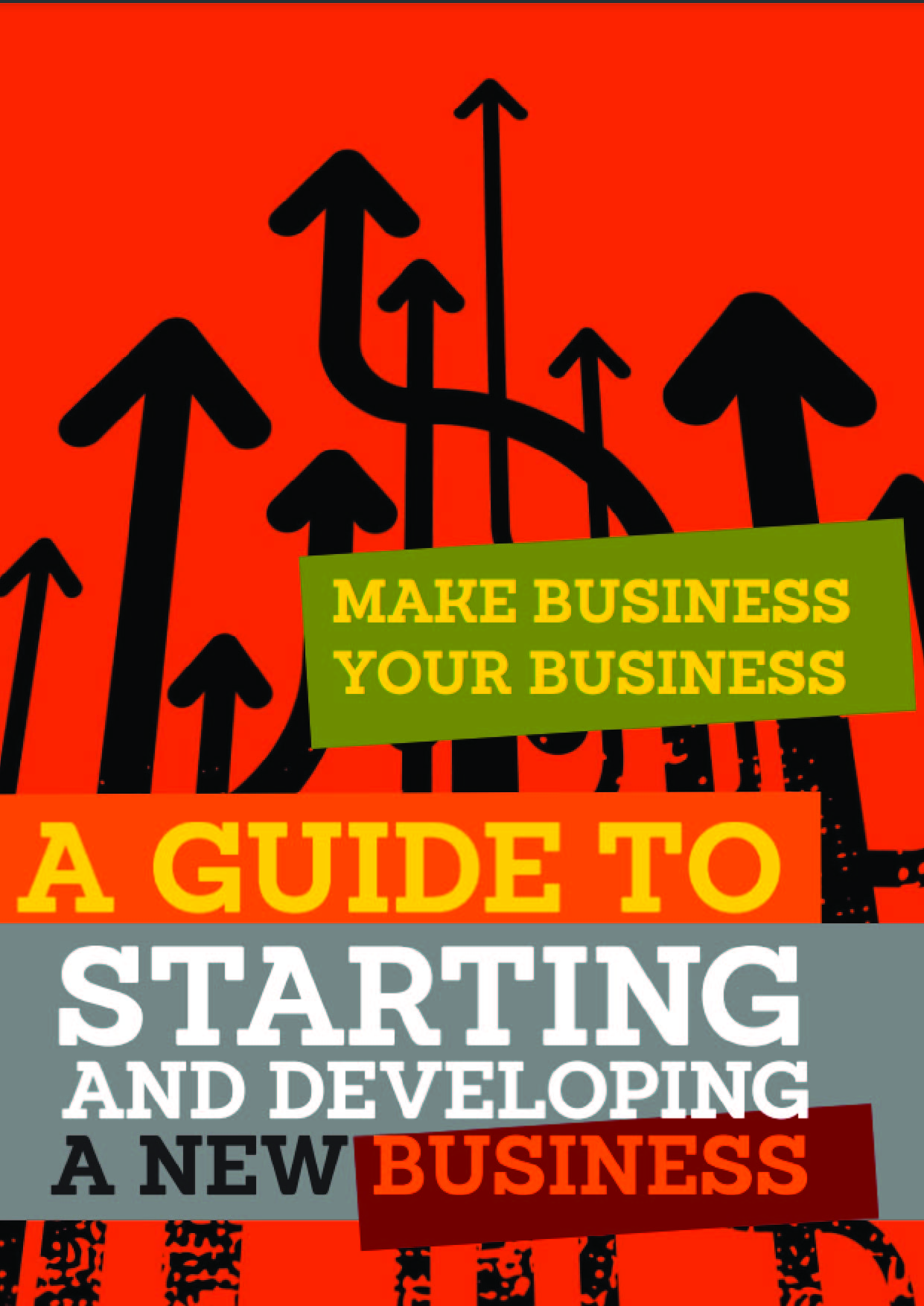Human Resource Management Day to Day
You have just been hired to work in the human resource department of a small company. You heard about the job through a conference you attended, put on by the Society for Human Resource Management (SHRM). Previously, the owner of the company, Jennifer, had been doing everything related to human resource management (HRM). You can tell she is a bit critical about paying a good salary for something she was able to juggle all on her own. On your first day, you meet the ten employees and spend several hours with the company owner, hoping to get a handle on which human resource processes are already set up.
Shortly after the meeting begins, you see she has a completely different perspective of what HRM is, and you realize it will be your job to educate her on the value of a human resource manager. You look at it as a personal challenge—both to educate her and also to show her the value of this role in the organization.
First, you tell her that HRM is a strategic process having to do with the staffing, compensation, retention, training, and employment law and policies side of the business. In other words, your job as human resources (HR) manager will be not only to write policy and procedures and to hire people (the administrative role) but also to use strategic plans to ensure the right people are hired and trained for the right job at the right time. For example, you ask her if she knows what the revenue will be in six months, and Jennifer answers, “Of course. We expect it to increase by 20 percent.” You ask, “Have you thought about how many people you will need due to this increase?” Jennifer looks a bit sheepish and says, “No, I guess I haven’t gotten that far.” Then you ask her about the training programs the company offers, the software used to allow employees to access pay information online, and the compensation policies. She responds, “It looks like we have some work to do. I didn’t know that human resources involved all of that.” You smile at her and start discussing some of the specifics of the business, so you can get started right away writing the strategic human resource management plan.
What Is HRM?
Human resource management (HRM) is the process of employing people, training them, compensating them, developing policies relating to them, and developing strategies to retain them. As a field, HRM has undergone many changes over the last twenty years, giving it an even more important role in today’s organizations. In the past, HRM meant processing payroll, sending birthday gifts to employees, arranging company outings, and making sure forms were filled out correctly—in other words, more of an administrative role rather than a strategic role crucial to the success of the organization. Jack Welch, former CEO of General Electric and management guru, sums up the new role of HRM: “Get out of the parties and birthdays and enrollment forms.… Remember, HR is important in good times, HR is defined in hard times” (Frasch, et. al., 2010).
It’s necessary to point out here, at the very beginning of this text, that every manager has some role relating to human resource management. Just because we do not have the title of HR manager doesn’t mean we won’t perform all or at least some of the HRM tasks. For example, most managers deal with compensation, motivation, and retention of employees—making these aspects not only part of HRM but also part of management. As a result, this book is equally important to someone who wants to be an HR manager and to someone who will manage a business.
Human Resource Recall
Have you ever had to work with a human resource department at your job? What was the interaction like? What was the department’s role in that specific organization? The Role of HRM Keep in mind that many functions of HRM are also tasks other department managers perform, which is what makes this information important, despite the career path taken. Most experts agree on seven main roles that HRM plays in organizations. These are described in the following sections.











